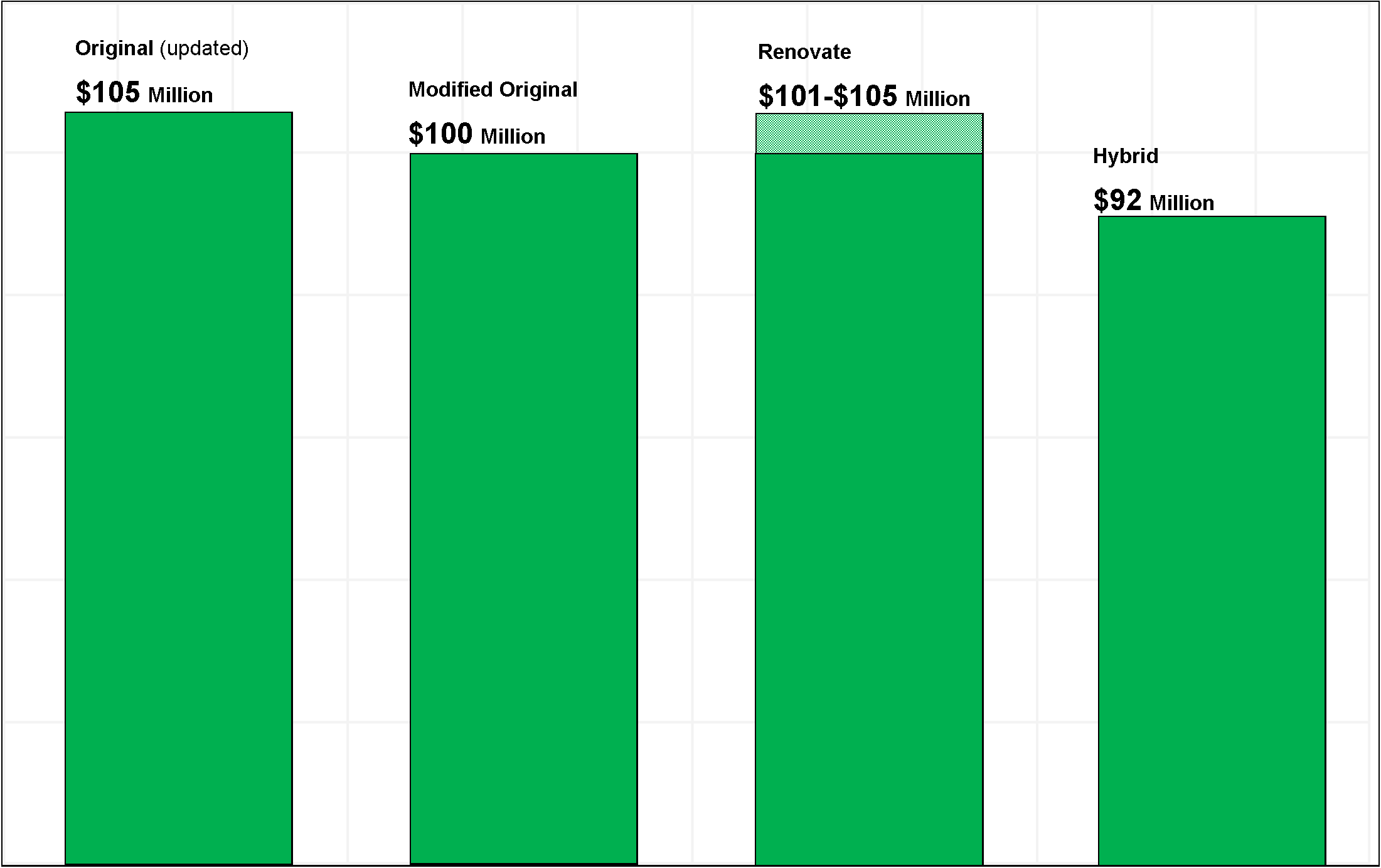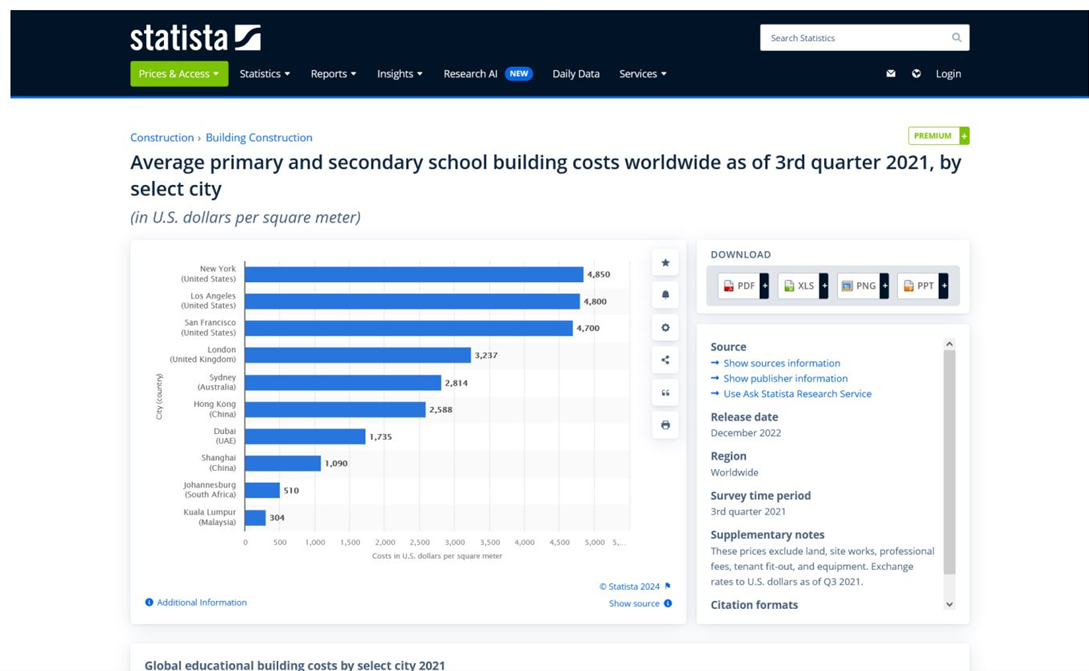With all the discussion and questions a few months ago about the high school building and again a week or two ago; a bit of curiosity developed.
What’s happening with school buildings in other places? Not just in the next county but elsewhere in the US and other countries. It seems like an interesting question. It also seems like a big job to find out about that, doesn’t it?
Being short on time, this investigation had to be a small job. In fact, this is not so much an investigation. It's just a small effort. The point is to get a sense of what it’s like to develop a school building in other places.
There is one thing that could be said, even before starting this. Whatever is learned, will certainly have many parts that do not apply to our local set of circumstances. There is NO doubt of that. And on the other hand…
The schools built by others, whether located here, there, or elsewhere do have quite a few similarities. They have the environmental amenities (AC, heating, ventilation, sanitation, lighting). They are built to last a reasonable time and to accommodate a student population appropriate to the local needs, but not absurdly small nor overly large.
With those thoughts in mind. Would it be reasonable to say that the schools' circumstances though not perfectly aligned would be similar enough that we may learn a few significant things?
Overhearing the thoughts of the Inner Skeptic (everyone has one, right?) - “well, maybe, you might possibly learn something, argh”. Okay Inner Skeptic, that’s close enough, let’s run with it.
Online articles and data show a fair amount of information on school construction costs. After 30 minutes of weeding through the material, a couple of nuggets were discovered.
One reference (linked below) shows the average school building cost in 2021 (3 years ago). The costs are given for various cities (not rural locations) around the world. The chart (below) shows the cost per square meter. Not square foot as commonly discussed. We can easily correct for that by dividing by 10 to turn that number into dollars per square foot.
https://www.statista.com/statistics/758120/global-school-building-costs-in-cities/
Taking the example of a school in New York in 2021. The average cost is $485 per square foot.
For comparison, the cost mentioned by the school district’s finance director during the meeting in February of this year is approximately $627 per square foot - Barnard high school info meeting Feb '24 - See VIDEO at 1 hour 59 min.
The graph below has nothing to do with hockey. But the shape of the graph unfortunately does looks similar to a hockey stick. The jagged line indicates the rising cost of constructing school buildings. It rises slowly from 2005 to about 2021 then rockets upward after that.
https://data.bls.gov/timeseries/PCU236222236222
The graph is called the Producer Price Index. It’s maintained by the U.S. Bureau of Labor Statistics. As the label at the top indicates, it shows the average for school construction costs from 2005 to 2024. The sharp increase started in 2021. The cause of the increase is generally given to the effects of COVID-19. Labor shortages and material shortages.
After 1 hour of online digging, 2 ideas came to the surface. Have a look below, come to your own conclusions about the 2 particular ideas. But there’s more to this exercise than just that.
The bigger point is there may be more worthwhile ideas waiting to be found. But for the moment, have a look at the findings so far.
Modular home construction has been around for years. NOW, there’s modular school construction. Savings of 25% - 35% are claimed in the article referenced below. In cases where a fully modular building is not the right answer, there is a combination approach of modular and conventional construction. The article referenced was produced by a manufacturer of modular school buildings. But it shows projects that have actually been constructed. This idea may have some concepts worth considering. https://www.americanmodular.com/modular-school-construction-costs/
Bundle multiple school construction projects and save money based on “volume” pricing. The article referred to a Maryland school system. For Vermont, this may be an idea appropriate at the state level. https://www.governing.com/finance/prince-georges-county-saves-big-by-bundling-school-construction
This short article shows 2 things. One known. One (or maybe a few) that are new.
Imagine what might happen with a few more motivated folks and a bit of time.
Final words from the Inner Skeptic
“Alright, alright. You made your point. Those ideas; they were okay. I’ll dig around a little more. If some smart ideas do the job AND save me bucks - I’m in…”





